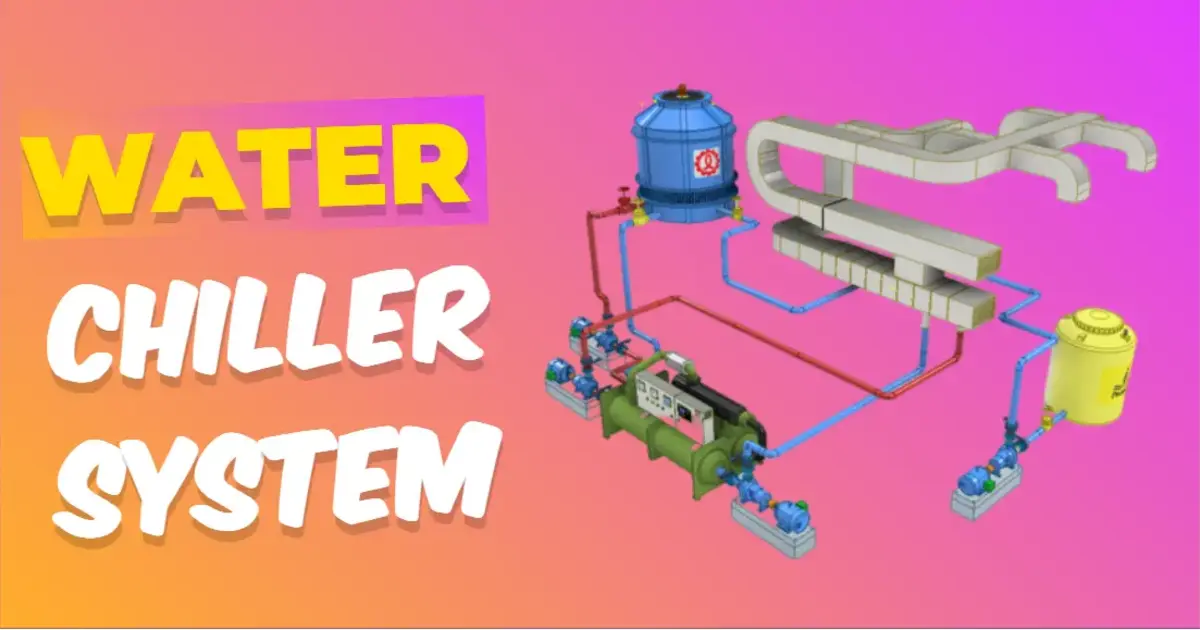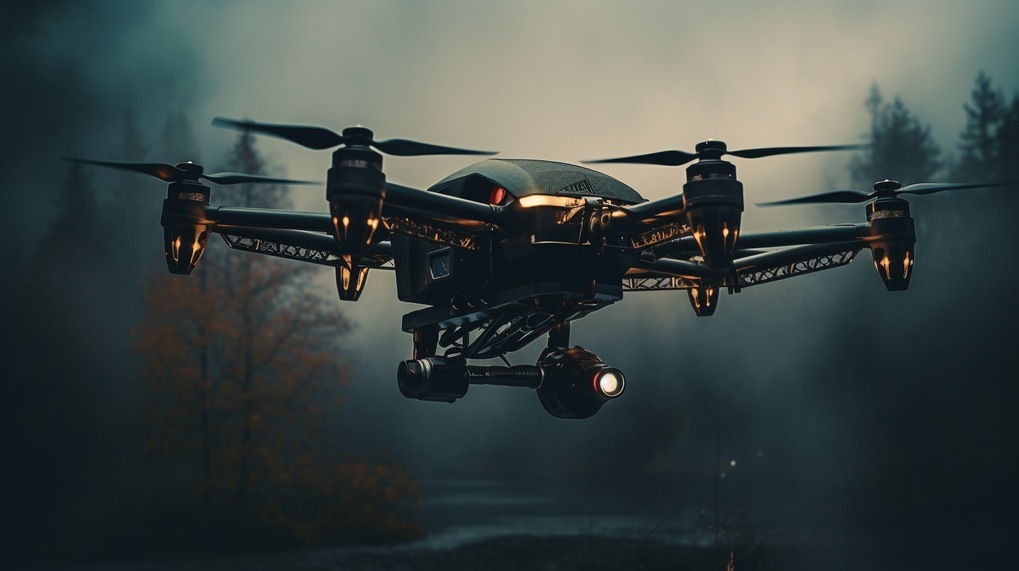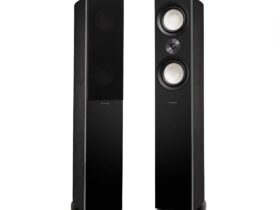Water chiller systems are used to remove heat from liquids, typically water. These systems support various industrial and commercial cooling processes efficiently.
Water chillers serve as critical components in HVAC systems, industrial cooling, and production facilities, maintaining a controlled temperature to facilitate effective operations. By utilising a refrigeration cycle, these devices circulate chilled water or other coolants through a system, absorbing heat from the desired location and expelling it elsewhere.
The versatility of water chillers makes them indispensable in settings ranging from food processing to medical imaging equipment cooling, contributing to enhanced system performance and product longevity. Essential for anyone seeking to manage temperature-sensitive processes, water chiller systems epitomise reliability in thermal management solutions. Their design often focuses on energy efficiency, which is not only cost-effective but also environmentally responsible.
Table of Contents
Water Chiller Systems Unveiled
Introduction
Think of a summer day. The sun shines hot and bright. Imagine having a cool oasis in the heat. This is what Water Chiller Systems do for industries. They keep machines cool. They help products stay fresh. In fact, these systems are heroes in the background. Let’s uncover their secrets.
Core Functionality
Core Functionality
Water chillers pull heat away. They use a closed-loop system. Water moves in this loop. It takes heat from a process. It then travels to a cooling unit. Here, it loses the heat. The cool water goes back to start again. This cycle keeps things cool. Let’s see how.
Types and Uses
Types And Uses
Different chillers serve different needs. Let’s break them down into categories.
- Central chillers: big operations use these. They cool entire buildings or processes.
- Portable chillers are easy to move. They cool specific areas or single machines.
- Industrial Chillers: Heavy-duty. Used in manufacturing or large-scale cooling tasks.
Uses spread across many fields. We find them in:
- Plastic manufacturing: to cool down machinery.
- Medicine: To keep samples at the right temperature.
- Food and beverage: To cool drinks and products.
So many industries rely on chillers. They protect equipment. They preserve product quality. They ensure safety. Without them, operations could overheat. This could ruin products. It could stop production.
Engineering Efficiency In Chillers
Chillers are the heart of many cooling systems, from large buildings to industrial processes. These units work tirelessly to maintain temperatures and protect critical equipment. Achieving peak performance without wasting energy is a must. This is where engineering efficiency comes into play. Innovations across different fields have uplifted chiller efficiency, ensuring these cooling titans are both powerful and cost-effective.
Material Science Advances
The latest materials mean stronger, lighter, and more efficient chillers. Innovations have led to heat exchangers and chiller components that transfer heat better than ever before. These advancements lead to improved heat conductivity, corrosion resistance, and overall durability. This table highlights key material advancements:
| Material | Benefits |
| Titanium | It resists corrosion and extends lifespan |
| Carbon Fibre | Lowers weight and reduces energy use |
| Graphene | Excellent conductivity boosts efficiency |
Innovative Compressor Design
The compressor is the chiller’s workhorse. A smart design can slash energy bills and reduce strain on the system. Modern compressors feature variable frequency drives (VFDs) and magnetic bearings, leading to fewer moving parts and less friction. These innovations translate to quieter operation, minimised wear, and superior energy savings. Key features include:
- Variable Speed: Adapts to cooling demand, saves power
- Magnetic Bearings: reduce friction and enhance lifespan
- Digital Controls: Fine-tunes performance, maintains reliability
Optimising Thermal Exchange
Optimising Thermal Exchange in water chiller systems is vital for efficient cooling. Proper thermal management ensures your system runs smoothly. It saves energy and prolongs the life of your equipment. Let’s dive into how optimisation can be mastered.
Heat Transfer Enhancements
Improved heat transfer means a better chiller. The goal is to move heat effectively. We achieve this through several methods:
- Increase surface area: More surface area allows more heat exchange.
- Use high-conductivity materials. These materials transfer heat quickly.
- Implement microchannels: Small channels enhance heat loss.
Flow Rate And Temperature Control
Managing flow rate and temperature is key. Precision in these aspects ensures optimal performance. See how control is maintained.
| Component | Function |
| Pump | Maintains consistent flow rate. |
| Thermostat | Adjusts for desired temperature. |
| Sensors | Monitor system performance. |
Together, these components regulate the chilling process. This makes sure your system is operating at peak efficiency.
Intelligent Controls And Automation
Today’s water chiller systems are smarter than ever, thanks to Intelligent Controls and Automation. This technology advances efficiency and reliability in cooling systems. These advancements include improved sensor integration and smart system management. Let’s explore how these features enhance water chiller operation.
Sensor Integration
Sensor integration plays a vital role in modern water chillers. Sensors collect data on temperature, pressure, and flow rates. This information ensures the chiller operates within optimal parameters.
- Temperature sensors monitor the cooling process.
- Pressure sensors keep an eye on the integrity of the system.
- Flow sensors help maintain consistent water delivery.
Smart System Management
Smart System Management takes the data from sensors and uses it intelligently. It enables chillers to self-adjust for peak performance. Below are key components of smart management systems:
| Feature | Function |
| Control Units | Automate adjustments based on sensor input. |
| Remote Access | Monitor and control chillers from anywhere. |
| Energy Management | Optimise power usage to reduce costs. |
Together, these smart features make modern water chiller systems highly efficient. They also reduce the need for manual intervention. Stay cool and in control with these intelligent water chiller advancements.
Regular Maintenance For Peak Performance
Just like a car needs regular oil changes, water chiller systems require routine maintenance. Keeping your water chiller system in top shape means it will cool more effectively and last longer. Let’s dive into the key components of maintaining your chiller for peak performance.
Cleaning Protocols
Clean chillers are happy chillers. Dirt and grime can reduce efficiency. Make sure to clean heat exchange surfaces regularly. Replace filters as necessary. Inspect for debris in air-cooled condensers.
- Check refrigerant levels and look for leaks.
- Inspect water quality in cooling towers to prevent scale build-up.
- Monitor condenser and evaporator tubes and clean them annually.
Preventative Measures
Preventative care keeps chillers running without hiccups. Follow manufacturer-recommended schedules. This will ensure the system stays reliable. Schedule professional inspections yearly. Documentation aids in tracking the chiller’s health over time.
| Task | Frequency |
| Inspect electrical connections | Monthly |
| Verify temperature and pressure readings | Weekly |
| Lubricate moving parts | Semi-annually |
| Test safety controls and sensors | Annually |
Proper chiller maintenance ensures long life, energy efficiency, and reliable performance. Stick to these protocols for a happy chiller.
Cutting Operational Costs
Businesses strive to save money wherever possible. Water chiller systems play a crucial role. Reducing costs while maintaining performance is key. Let’s dive into how energy consumption and lifecycle analysis aid in cost-cutting.
Energy Consumption Reduction
Lower energy use leads to lower bills. Water chillers can be optimised for efficiency. Here’s how:
- Variable-speed drives adjust the flow.
- Smart controls adapt to changing needs.
- High-efficiency components save power.
Choosing the right chiller and regular maintenance are crucial.
Lifecycle Cost Analysis
Considering total ownership costs is important. A lifecycle cost analysis includes the following:
| Purchase Price | Maintenance | Energy Costs | Disposal |
| Initial investment | Regular upkeep | Ongoing expense | End-of-life |
Energy-efficient models may cost more upfront but save money in the long run.
Environmental Impact And Sustainability
When we talk about the environment and sustainability, water chiller systems play a crucial role. They not only help keep environments cool but also impact our planet. It’s vital to consider how these units operate, the chemicals they use, and how they handle water. The goal is to maintain a greener Earth while enjoying the benefits of chilled water. Let’s explore some eco-friendly strategies implemented in water chiller systems.
Eco-friendly Refrigerants
The heart of a water chiller system is its refrigerant, a substance vital for cooling. Old-style refrigerants often harmed the ozone layer. Modern chillers now use eco-friendly options. These reduce environmental harm and meet global sustainability standards.
- Hydrofluoroolefins (HFOs): A new refrigerant causing less global warming.
- Propane (R290): A natural refrigerant with minimal ozone depletion potential.
- Ammonia (NH3): An efficient option known for its low environmental impact.
Water Conservation Techniques
Conservation is crucial for the blue planet. Water chiller systems can be designed to save water, a precious resource. Strategies include:
- Closed-loop systems: Recirculate water, reducing waste.
- Cooling tower management: Adjust cycles of concentration, decreasing the need for fresh water.
- Condensate recovery: Collect and reuse water, cutting down on consumption.
Future Trends In Chiller Technology
Water chiller systems are on the cusp of remarkable changes. These changes will make chillers more efficient, smarter, and eco-friendly. In this article, we delve into the future trends that we can anticipate in chiller technology.
Adoption Of IoT
The marriage of chillers with Internet of Things (IoT) is revolutionising how they operate. Through IoT, chillers interact with other systems in a building. This interaction leads to incredible efficiencies. Here’s what IoT adoption looks like in water chiller systems:
- Real-time monitoring of system performance
- Automated adjustments for optimal energy use
- Preventive maintenance alerts to avoid breakdowns
- Integration with building management systems for cohesive operations
These IoT capabilities are not just futuristic; they are unfolding now. In the next few years, IoT-enabled chillers will become the standard.
Advancements In Machine Learning
Machine learning is set to take chillers to new heights of intelligence. The following points showcase how machine learning will benefit water chiller systems:
| Feature | Impact |
| Adaptive Algorithms | These enable chillers to learn and optimise operations dynamically. |
| Anomaly Detection | Machine learning can predict and prevent unexpected failures. |
| Energy Efficiency | Optimises energy usage based on predictive analysis for cost savings. |
| Lifecycle Analysis | Helps in understanding and extending the life expectancy of chillers. |
With machine learning, chillers will self-adjust to changing conditions for peak performance and efficiency. The technology is essential for the sustainable operation of cooling systems worldwide.
Frequently Asked Questions On Water Chiller Systems
What Is A Water Chiller System?
A water chiller system removes heat from water via a vapor-compression or absorption refrigeration cycle. This cooled water is then used to chill air or equipment as needed.
What Are The Different Types Of Water Chillers?
Water chillers come in various types, including vapour compression, vapour absorption, centrifugal, screw-driven, and reciprocating chillers. Each type serves specific cooling needs across diverse industries.
What Are The Disadvantages Of A Chilled Water System?
Chilled water systems can incur high initial setup costs and complex installation procedures. They often require regular maintenance and skilled operation and may exhibit reduced efficiency if not properly designed or managed. Energy consumption can be significant, contributing to higher operating costs.
How Much Does a Chiller System Cost?
The cost of a chiller system typically ranges from $2,500 to $50,000, largely depending on the system’s size and specifications.
What Is a Water Chiller System?
A water chiller system is a refrigeration device that cools fluids, typically water, for industrial or commercial applications.
How Does a Water Chiller Work?
Water chillers use a vapour-compression or absorption cycle to remove heat from liquid via a heat exchanger.
What Types of Water Chillers Exist?
There are air-cooled, water-cooled, and evaporative condensing water chillers, each suited for specific environments.
Can water chillers save energy?
Yes, modern water chillers incorporate energy-saving technologies like variable-speed drives and economizers to reduce electricity usage.
What’s the Lifespan of a Water Chiller?
Properly maintained, a commercial water chiller can last between 15 and 20 years, depending on its usage and quality.
How Do You Size a Water Chiller Correctly?
Sizing a chiller requires calculating the heat load, considering process variables, and accommodating for future expansion needs.
Conclusion
Water chillers play a critical role in countless industrial applications. They offer precise temperature control, ensuring optimal performance and longevity of equipment. Adopting the right water chiller system can result in significant energy savings and operational efficiency. Take the leap; the benefits of a reliable water chiller system are clear and impactful for your business’s bottom line.









Leave a Reply